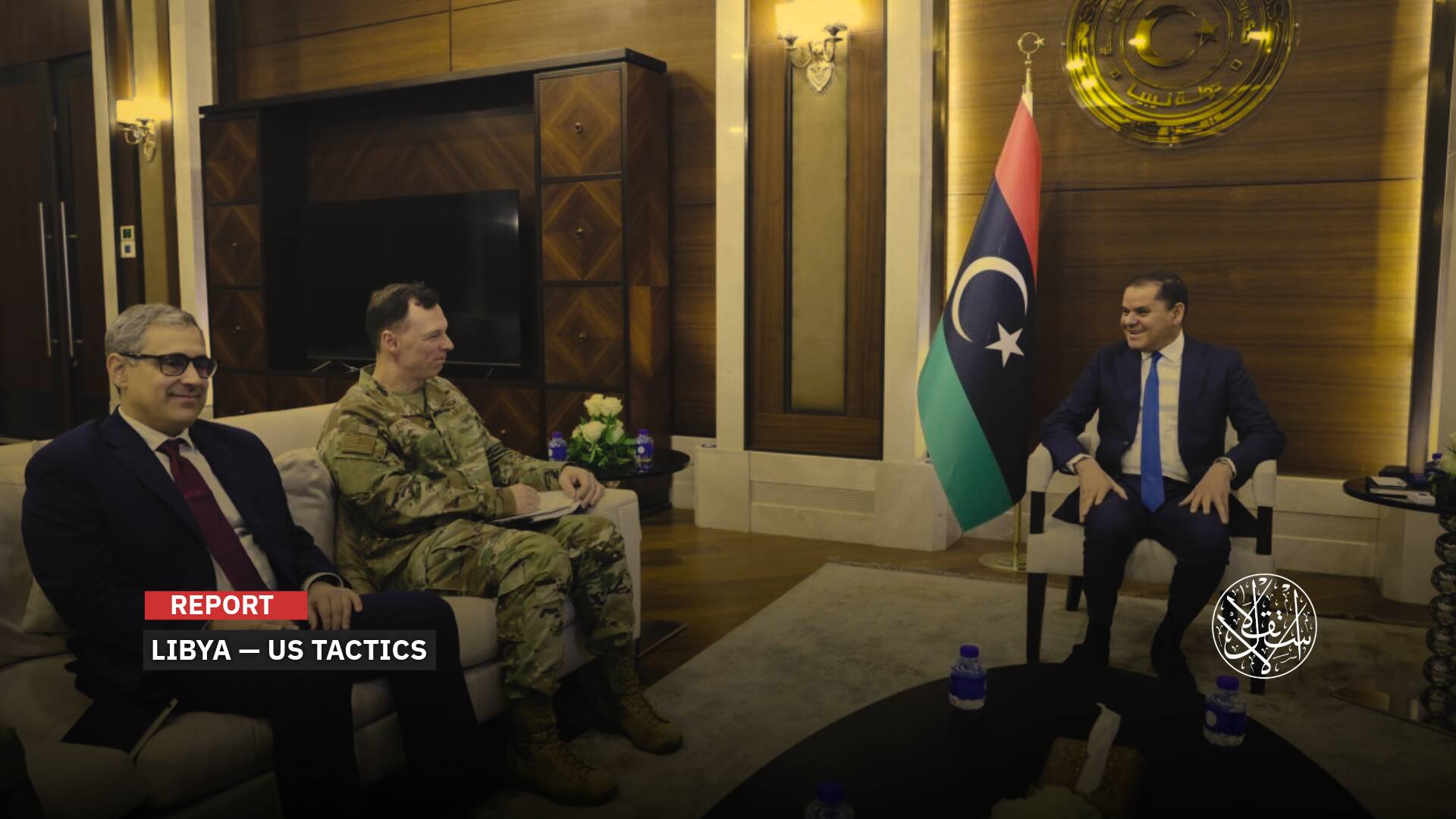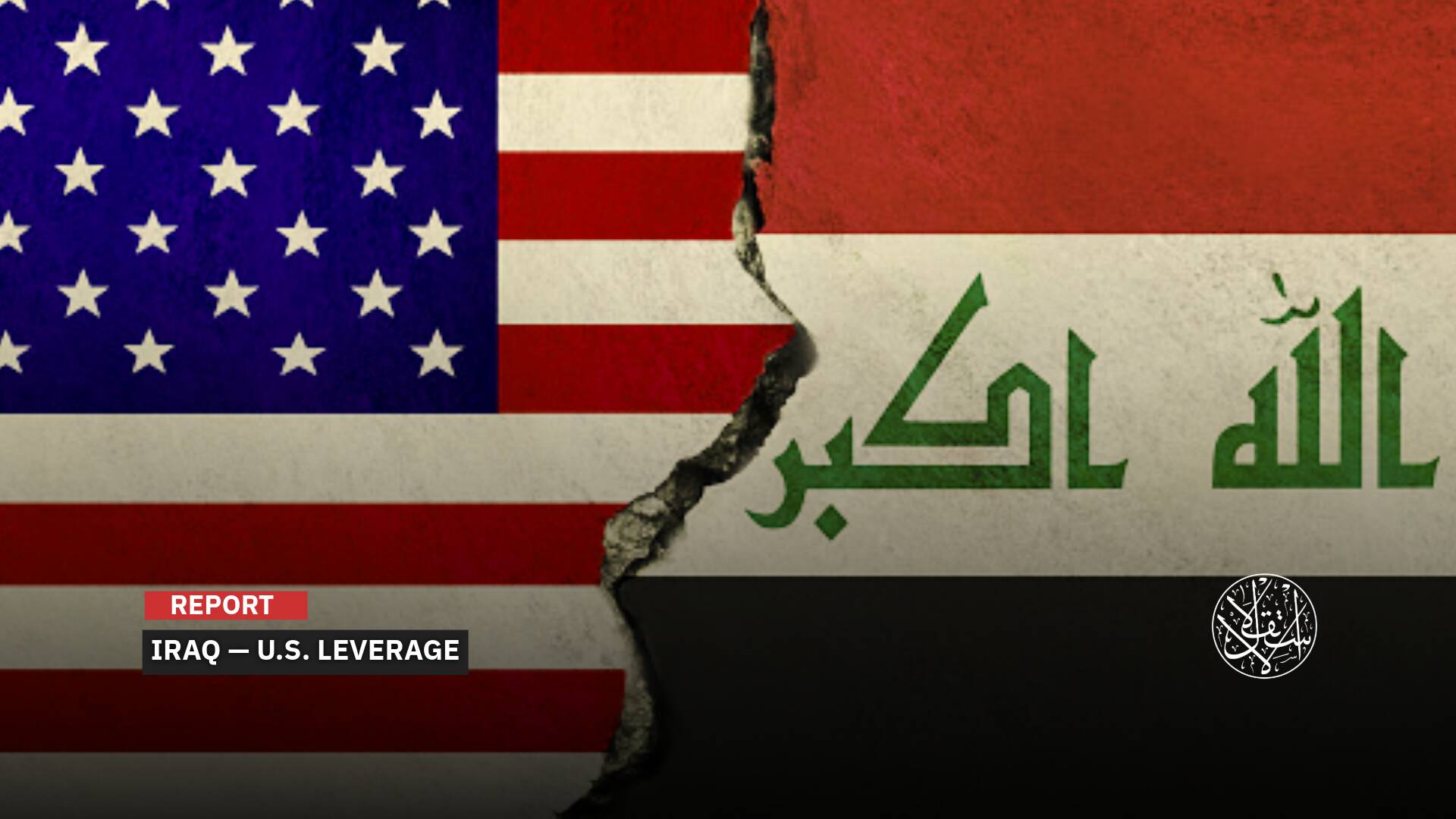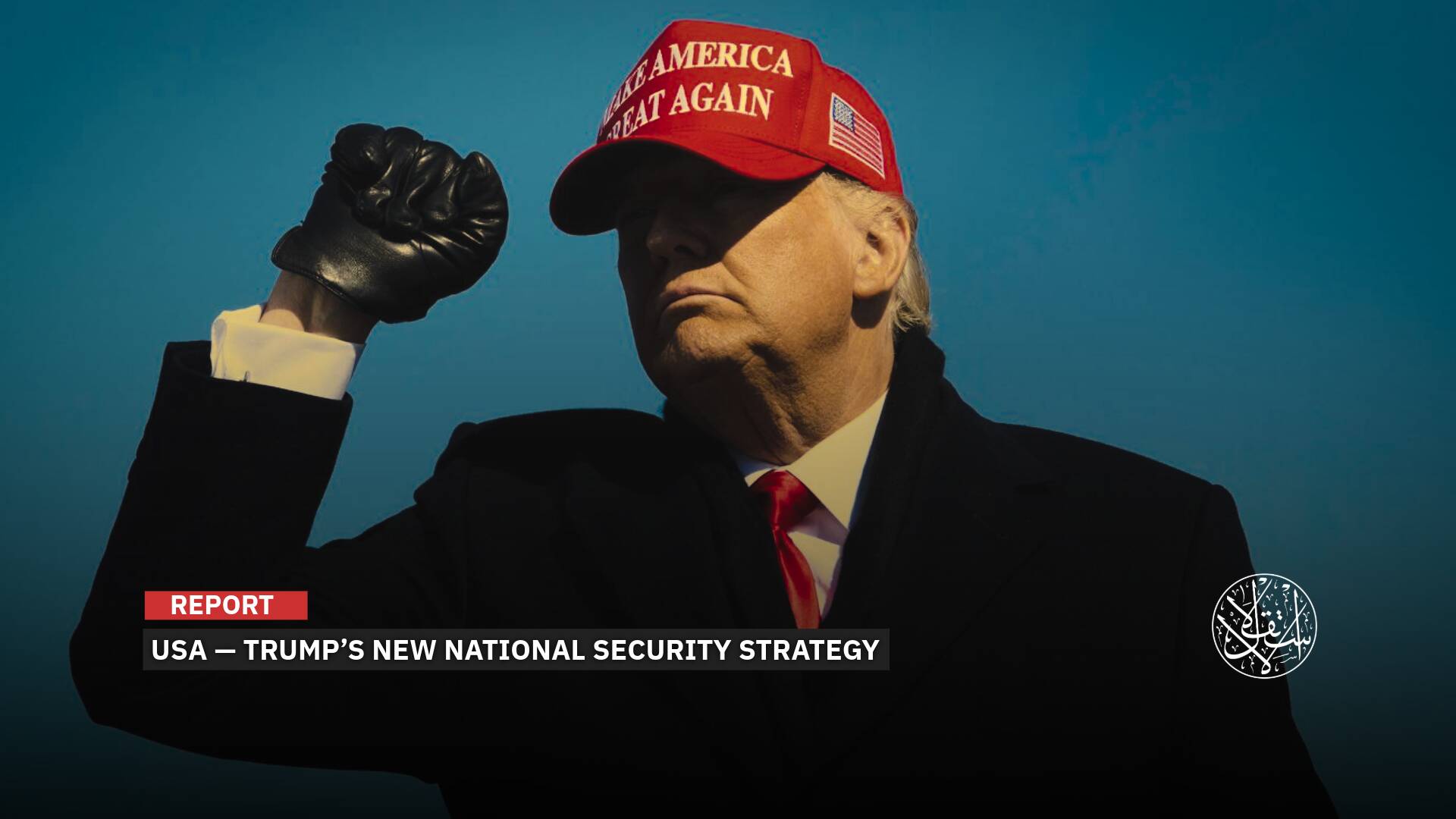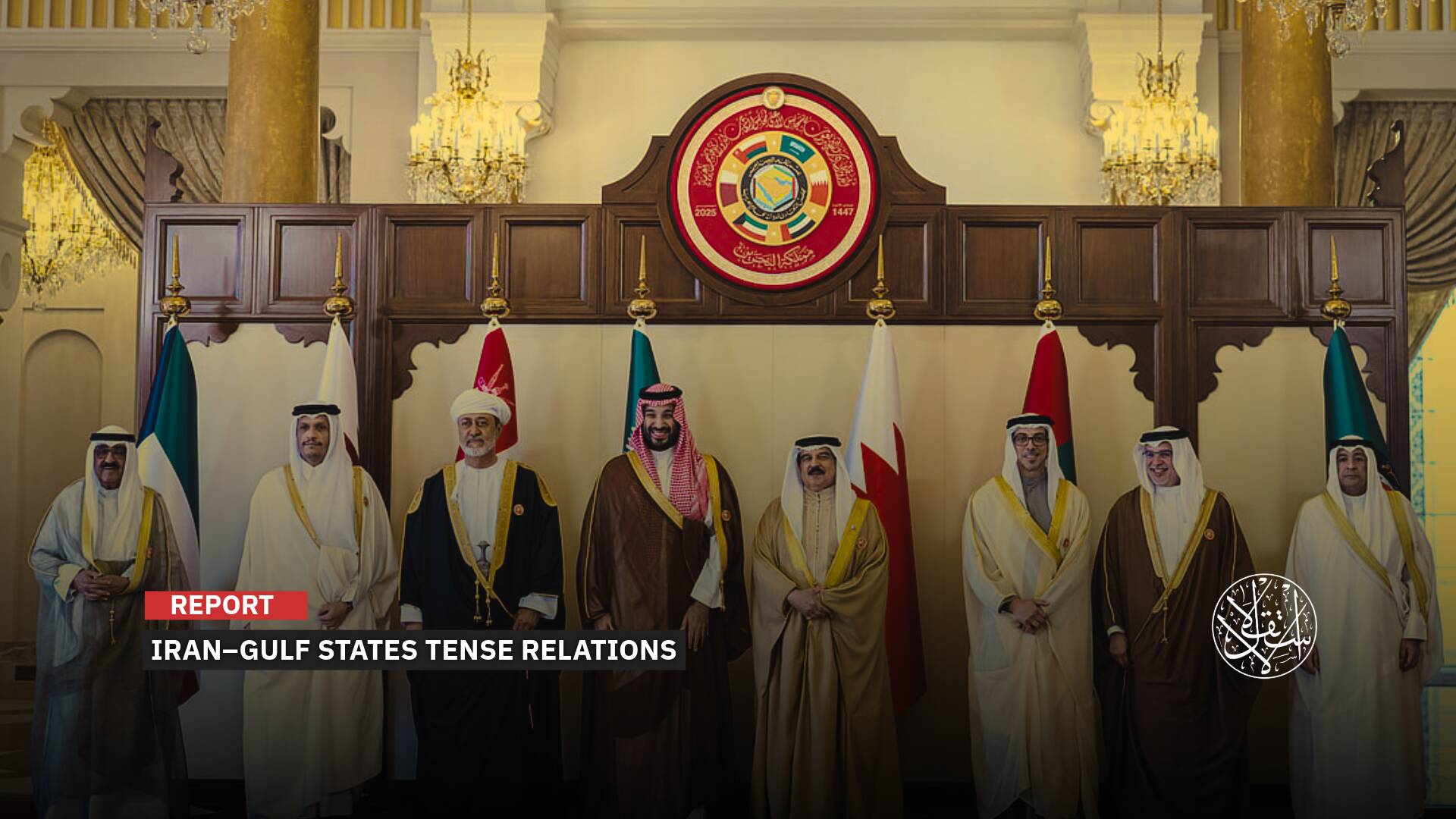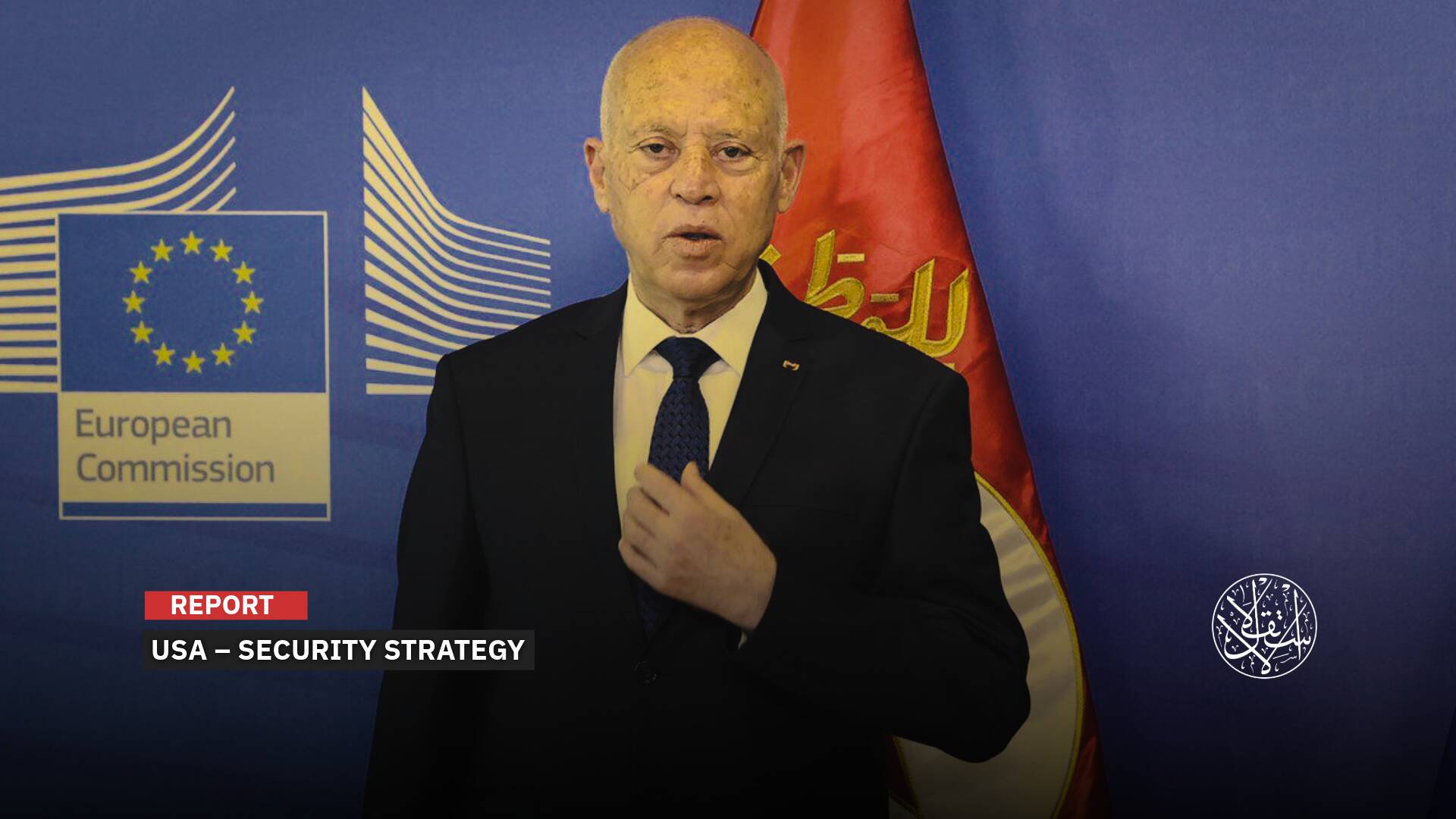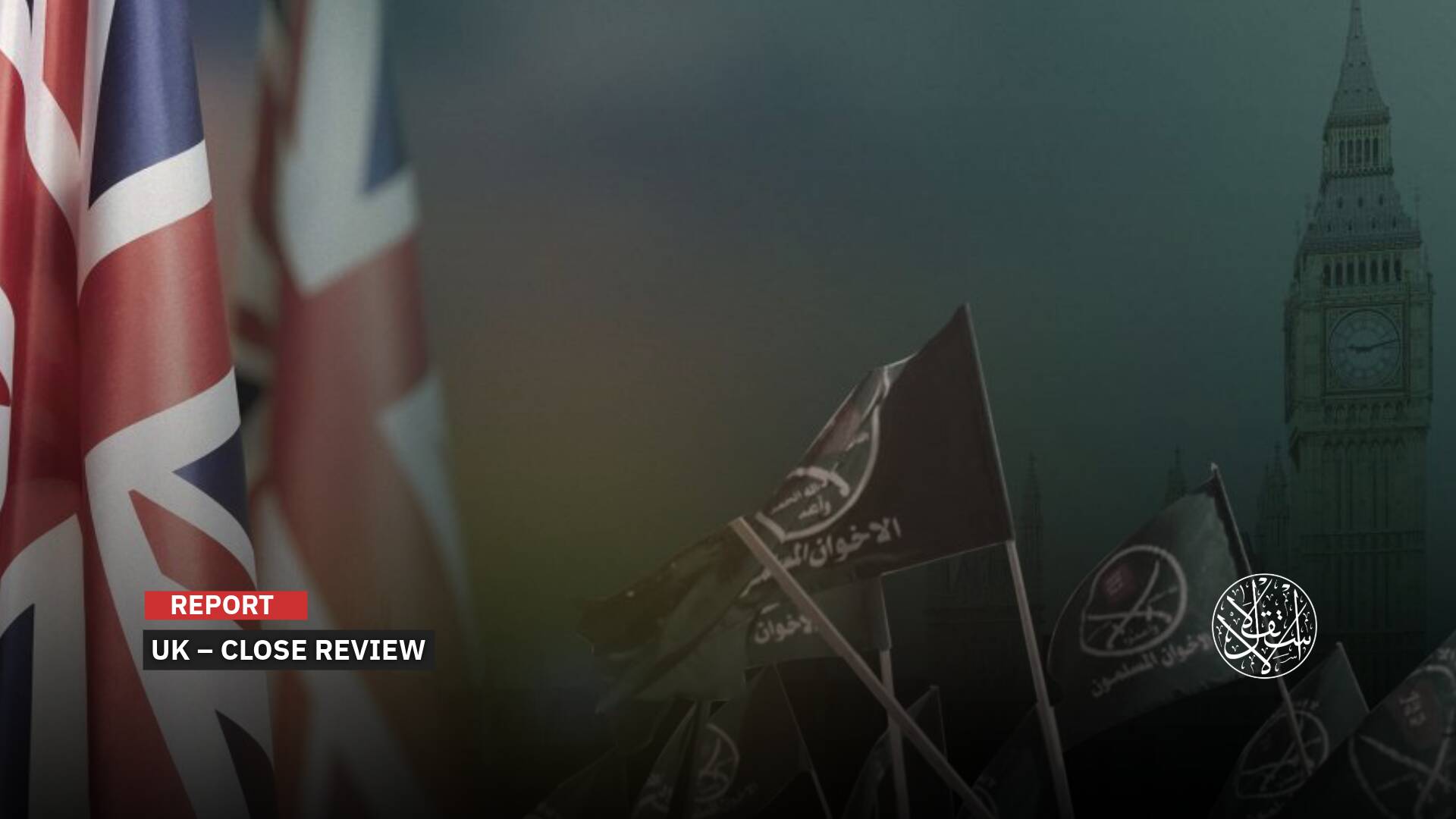Sisi's New Party: What's Behind the Formation of Egypt's ‘National Front’?

The goal is to remove the current ruling party and bring in a seemingly popular, not intelligence-based, alternative.
“Our goal is unity,” and “We will enter the elections with the largest national alliance with other parties,” said Essam el-Gazzar, the head of the newly formed party, “National Front,” in Egypt, during its launch conference on December 31, 2024. He is also the Secretary-General of the Egyptian Tribes and Families Union.
This strategy aligns with the Nation’s Future Party’s approach, seeking parliamentary dominance while sidelining political competition. The plan involves creating a unified electoral bloc, with parties merging and seats distributed through a predetermined “quota system.”
This sparks intrigue about the true purpose of the National Front Party. With the Nation’s Future already serving as a de facto government tool, what sets this newcomer apart?
Is it positioning itself as the successor to the old National Democratic Party (1978–2011), or is it a calculated move to consolidate beneficiaries of the July 3, 2023 coup and the “June 30” movement—a revival of sorts for a “30 June Party”?
‘Fish and Milk’
“Fish, Milk, and Tamarind”—a popular Egyptian saying used to describe randomness and mismatched elements coming together, often implying chaos or inconsistency. This was the reaction of many Egyptians after the announcement of the new party, as conflicting and contradictory names surfaced within its structure. Many dubbed it “Fish, Milk, and Tamarind” because it lacked a clear political program and featured a mix of politicians and influential figures with differing ideologies.
The party, emerging from the Egyptian Tribes and Families Union led by businessman Ibrahim al-Arjani, close to the authorities, includes a blend of former ministers, ex-parliament speaker Ali Abdel Aal, former mufti Shawki Allam, generals, and media figures.
Journalists have described the new alliance as a party of “the strangled, the burned, the fallen, and the gored.”
The new party also included figures from opposite political ends. Among them were former members of the dissolved National Party such as Mohamed Abou el-Enein, Mahmoud Muslim, Ahmed Reslan, Adel Labib, and Sahar Nasr.
It also included Nasserists who believe in socialism and Nasserism, like Diaa Rashwan, Sameh Ashour, Emad el-Din Hussein, and Farida el-Choubachy, as well as Wafdists who support capitalism, like Suleiman Wahdan and Mohamed Mostafa Sherdy.
The party also brought together individuals holding official positions, such as the head of the Information Authority, which reports to the presidency, Diaa Rashwan, who is also the secretary-general of the so-called “National Dialogue.”
The party's composition also included former head of the “Factory 18” military complex, former head of the Lawyers' Syndicate Sameh Ashour, head of the Hunting Club and Sufi leader Sheikh Edris el-Edrisi, actor's syndicate head Ashraf Zaki, and Medhat el-Adl, president of the Authors' Association.
It was striking that the founding committee also included Ibrahim al-Arjani’s son, Essam, a tribal leader and business figure tied to the military and Abdel Fattah el-Sisi’s regime, while his father was absent.
Speculation swirled at the time about whether the son would take the helm of the party, emerging from the Egyptian Tribes Union and dubbed “Egypt’s first armed political party,” succeeding his father, despite denials from Rashwan and el-Gazzar that Ibrahim al-Arjani was involved in the new alliance.
Journalist Kotb el-Araby described the structure on Facebook on December 30 as less of a political party and more like a version of the “Arab Socialist Union,” the sole political organization in Egypt during the 1960s and 1970s that gathered the right, center, left, and independents.
Politician Hisham Kassem summarized the new ruling party as being more like “a football club on the verge of relegation,” which decided to dismiss its team and bring in retired players [politicians] to form “the last 30th June party.”
Unification of whom?!
During the party's launch, leader Essam el-Gazzar emphasized “unification” as the central goal, proposing an alliance to unite all parties and secure dominance in the upcoming parliament—a statement that quickly sparked widespread commentary.
Party members and politicians posed critical questions: “Unification of whom? For what purpose? What’s the endgame? Who’s behind this push, and who funded the party to make it happen?”
They also questioned Essam el-Gazzar’s statement: “We aim to offer an alternative for those disillusioned with the prevailing political discourse.”
Does this signal a belated “authoritarian admission” that the public has lost faith in the intelligence-linked parties established by the regime after the 2013 coup? Or is it merely an attempt to craft a new façade by bringing together former and current lawmakers from various political groups?
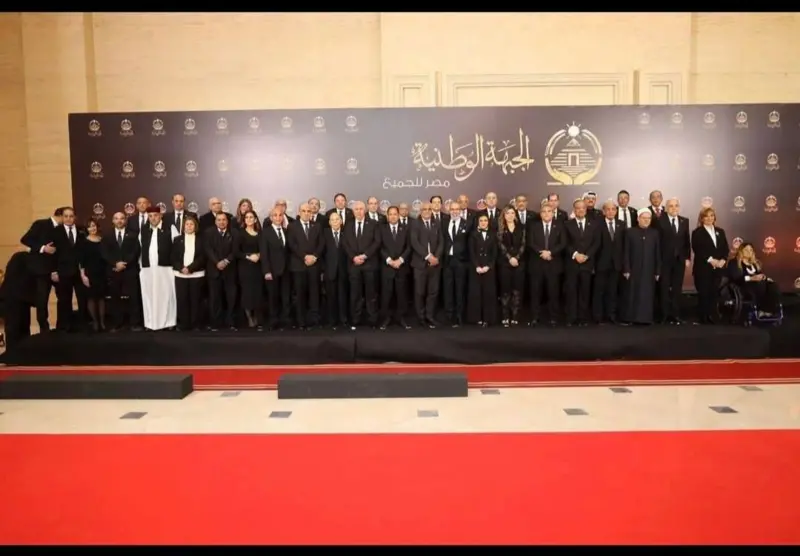
The June 30th Coalition
The meaning of the term “unification” became clearer when leaders and figures of the new party began discussing the “re-coalition of June 30th.” The picture started to emerge.
“June 30th Coalition” refers to the gathering of opportunistic, liberal, and leftist political forces that sought to overthrow the late President Mohamed Morsi in 2013 and curb the influence of the Muslim Brotherhood.
This coalition disbanded after the military regime, led by Sisi, began targeting leftist and liberal opposition, after having eliminated Islamists through imprisonment and execution. It split into two groups: one loyal to the regime and the other still trying to play the role of opposition despite facing persecution.
Twelve years after the June 30th, 2013 rally, its supporters have either disappeared behind prison walls or are silently hiding at home for fear of arrest. The question, “What has Sisi achieved for the supporters of June 30th?” remains every year.
During the launch of the National Front Party, el-Gazzar declared, “The June 30th Coalition will remain a shining beacon that inspires us with values of will, even if the path has strayed.”
El-Gazzar (brother of the head of the military judiciary, Hatem el-Gazzar) claimed that “the June 30th Revolution will remain a beacon for future generations,” deliberately ignoring the January 2011 Revolution.
The phrase “June 30th Coalition” largely revealed the party's goal of “unification,” which points to the reassembling of all opponents of the January 2011 Revolution under the fabricated “June 30th Revolution,” aimed at confronting Islamists.
Mamdouh Muslim, a founding member of the new National Front Party and a member of the Senate, also clearly referenced the goal of “unification” and “re-coalition of June 30th” in a statement to BBC on January 2, 2025.
During a meeting of party leaders with journalists on December 20, 2024, Diaa Rashwan put it bluntly, saying, “We are not a party of ideas or ideology; we are driven by a single goal under the banner of June 30th,” according to al-Masry al-Youm.
“It is a unifying entity for a new republic based on the June 30th alliance, and we will not compromise on that alliance.”
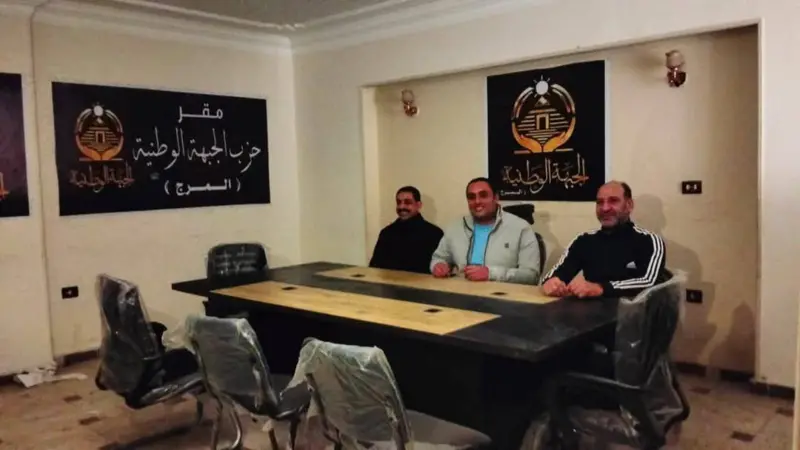
Popular, Not Intelligence-Driven
One of the key questions posed by Egyptians was, “Why create a new party for the regime when there is already a party in place fulfilling the same role? Both parties serve the same purpose: monopolizing parliament, unifying parties under the regime’s umbrella, and effectively eliminating political pluralism.”
An opposition party leader answered Al-Estiklal saying, “The goal is to distance the current regime party [the Nation’s Future] formed by the security and intelligence services, from the public’s mind and introduce a populist, not intelligence-driven alternative.”
“The National Front Party is led by the Tribes Union, which has evolved into the Union of Egyptian Tribes and Families, to serve as a new political backing with a more popular flavor for Sisi, especially after the president revived the Union of Tribes during the ‘Naksa Celebration.’”
He noted that the Nation’s Future Party openly embraced its security-driven identity, even incorporating the “hawk’s head” emblem—a nod to the intelligence agency that created it. Its mission effectively concluded with the constitutional amendments extending Sisi’s presidency from 8 to 16 years, through 2030, clearing the path for the National Front to take its place.
Speaking on condition of anonymity due to security concerns, the leader stressed that the new party aims to establish a “civilian” alternative to the intelligence-backed Nation’s Future. The latter failed to reconcile the contradictions within the “June 30 Coalition” and seeks to revive the coalition's framework as a counterweight to the Islamist movement.
“The need for this party grew as popular discontent with the regime escalated, and the regime found its existence increasingly urgent following the collapse of Bashar al-Assad’s rule,” he said.
“The goal is to polish the regime's image in Egypt by implementing measures that seem designed to prevent a scenario similar to Syria, by consolidating the anti-Islamist factions and using the ‘Syria scare’ to resurrect the June 30th coalition.”
As part of its attempt to portray the new party as “civilian and popular, not authoritarian or intelligence-driven” — in contrast to the other parties created by the regime after the 2013 coup — the authorities promoted fabricated stories suggesting that large crowds were flocking to establish the new party.
This sparked mockery among journalists and politicians, who described what was happening as “a festival, not a political action,” resembling the invocation of Sufi rituals in organizing religious festivals.
Nationalizing the Parliament
As the objective of “reuniting” crystallized—aiming to rebuild the “June 30 Coalition” and win back disillusioned or estranged members—it was unsurprising that “promised rewards” followed: seats in the two houses of Parliament, the House of Representatives and the Senate.
During the party's establishment, el-Gazzar announced that the new party was preparing to contest the upcoming parliamentary elections with “the largest national political alliance with existing parties to reunite at a pivotal moment that cannot bear division or exclusion.”
This indicates a continued effort by the Sisi regime to “nationalize the parliament,” as security agencies (intelligence and national security) had been selecting members for the 2014 and 2019 parliaments.
However, this time, the selection process might expand to include relatively new faces from the scattered June 30 Coalition, while still adhering to the same “nationalization” strategy.
The next parliamentary elections, for both chambers, will take place at the end of 2025, 60 days before the current council's term ends in January 2026.
However, el-Gazzar, who stated that his party “will contest the elections with the largest national political alliance with existing parties,” claimed that the party “is not seeking to achieve a parliamentary majority.”
He argued that the party's goal is “reunion in a time that cannot afford fragmentation, away from narrow conflicts and struggles amid highly complex regional circumstances.”
Since the military coup and the banning of Islamist parties that won the majority in the first free elections Egypt held in 2012, the Sisi regime has consistently pursued a policy aimed at eliminating political pluralism and effectively freezing political life.
According to the State Information Service, there are about 87 parties in Egypt, with 14 represented in the current parliament, led by the Nation’s Future, which holds a majority of 320 seats.
Sources
- New National Front Party launched under ‘Egypt for all’ slogan
- Why did the launch of the new National Front party in Egypt cause controversy? [Arabic]
- The new political entity: “We are a transitional party and a restoration of the June 30 alliance” [Arabic]
- Among them was al-Arjani's son: The Founding Committee Announces the National Front Party [Arabic]
- "Union of Tribes" launches its "front": A new "national" party with an old combination [Arabic]


